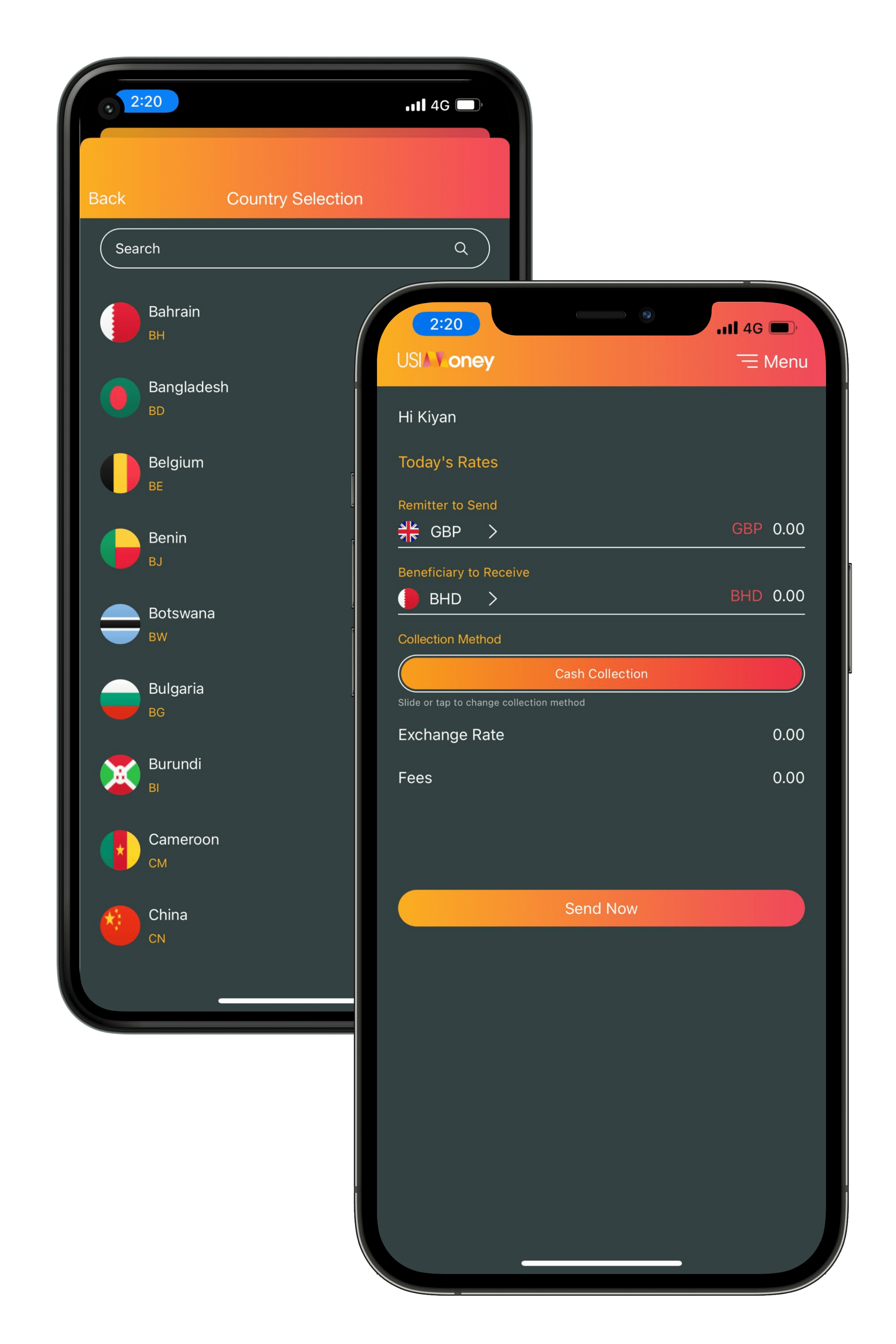
Understanding the current economic landscape is crucial for making informed decisions in both personal finance and business strategy. Economic trends provide insights into the health of the economy, the direction of future growth, and potential challenges on the horizon. In this overview, we’ll explore some of the key economic trends shaping the global economy today, including GDP growth rates, employment statistics, inflation, and consumer spending patterns.
GDP Growth Rates and Economic Health
Gross Domestic Product (GDP) growth rates are a fundamental indicator of economic health. They reflect the overall economic activity and the rate at which an economy is expanding or contracting. In recent years, GDP growth has been influenced by various factors, including technological advancements, globalisation, and significant disruptions such as the COVID-19 pandemic. While some economies have shown robust recovery and growth, others are grappling with slower growth rates due to structural challenges and geopolitical uncertainties. Monitoring GDP trends helps policymakers and investors understand the broader economic environment and make strategic decisions accordingly.
Employment Trends and Labor Market Dynamics
Employment trends are another critical component of economic analysis. The labor market provides insights into job creation, unemployment rates, wage growth, and workforce participation. Post-pandemic, many economies are experiencing shifts in labor market dynamics, with an increase in remote work, a focus on gig economy jobs, and ongoing debates about labor shortages and wage inflation. Understanding these trends is essential for businesses planning their workforce strategies and for individuals making career decisions. A healthy labor market typically signals economic stability, whereas high unemployment can indicate underlying economic issues.
Inflation and Its Impact
Inflation, the rate at which prices for goods and services rise, is a key economic trend that affects purchasing power and overall economic stability. Recent years have seen varying inflation rates across different regions, influenced by factors such as supply chain disruptions, changes in consumer demand, and monetary policy actions. Central banks monitor inflation closely and adjust interest rates to manage economic stability. High inflation can erode purchasing power and savings, while deflation can lead to reduced consumer spending and economic stagnation. Keeping an eye on inflation trends helps consumers and businesses plan for the future and protect their financial interests.
Consumer Spending Patterns
Consumer spending patterns are a direct reflection of economic confidence and are crucial for understanding the broader economic trends. Shifts in spending habits, driven by changing demographics, technological innovation, and economic conditions, have a significant impact on the economy. For example, the rise of e-commerce, increased spending on experiences over goods, and the growing focus on sustainability are shaping consumer behavior in new ways. Businesses need to adapt to these changes to meet consumer demand effectively and remain competitive in the market.
In conclusion, staying informed about economic trends is vital for navigating the complexities of the global economy. By understanding GDP growth rates, employment trends, inflation, and consumer spending patterns, individuals and businesses can make better-informed decisions, anticipate challenges, and seize opportunities. As the economic landscape continues to evolve, keeping a close eye on these trends will be essential for achieving financial success and economic resilience.
